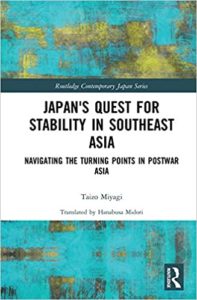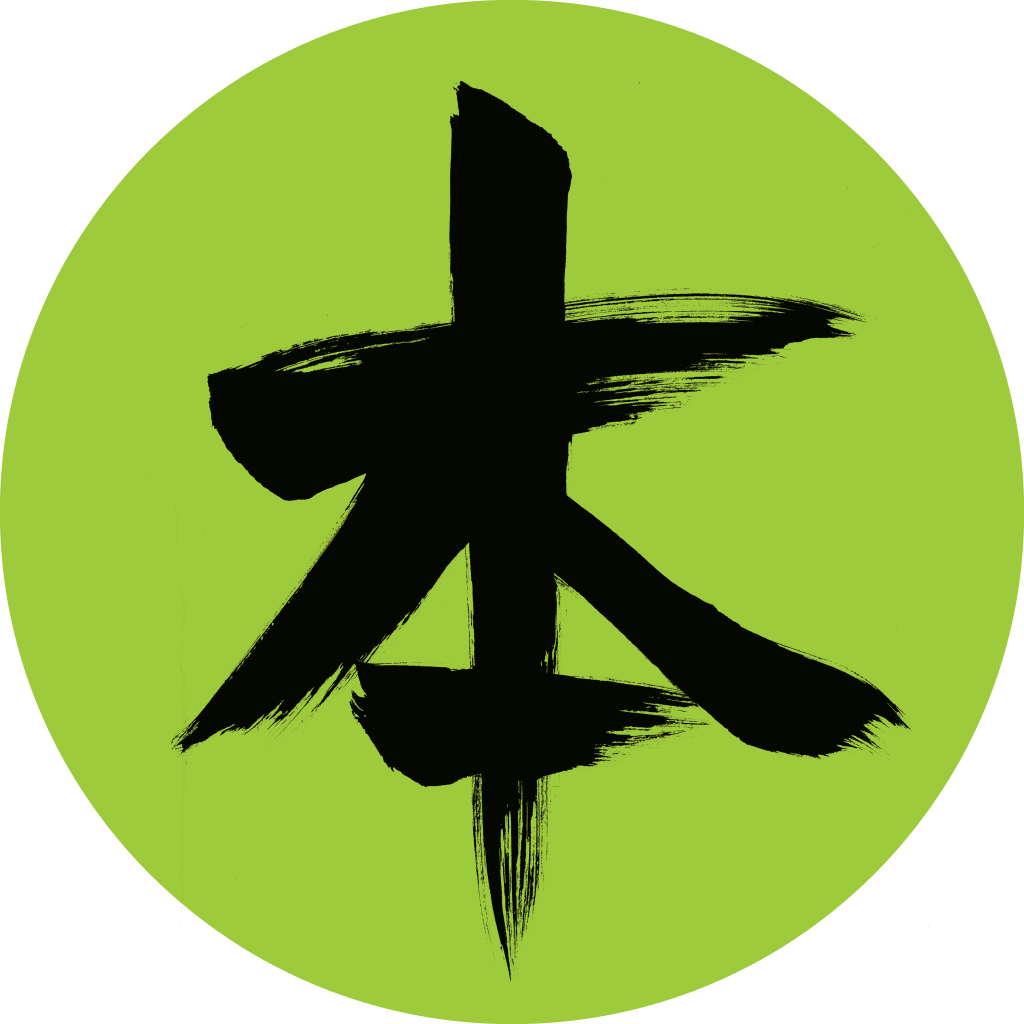

How Japan navigated independence movements and revolutions in Southeast Asia during a fractious postwar period.
Support BOA by ordering Japan’s Quest for Stability in Southeast Asia: Navigating the Turning Points in Postwar Asia through these links:
Bookshop U.S.
Thanks for helping support Books on Asia!
Review by Chad Kohalyk
A rising China and receding America has Japan once again focused on the confluence of the Pacific and Indian Oceans. Yet the recent Free and Open Indo-Pacific (FOIP) vision — to promote a new regional security environment anchored by India, Australia, Japan, and the United States — is in stark contrast to Japan’s previous, and successful, “southward advance” described in Taizo Miyagi’s highly rated Japan’s Quest for Stability in Southeast Asia: Navigating the Turning Points in Postwar Asia.
In this book, the author recounts how Japan navigated independence movements and revolutions in Southeast Asia during a fractious postwar period. Outside powers continued to pursue their own agendas in Southeast Asia: the U.S. was deeply involved in Vietnam, the U.K. was busy mitigating the fallout of a series of independence movements, and China was striving to be the vanguard of communist revolution in Asia. Among these competitors was Japan, a former colonizer itself, who had a strong interest in “depoliticizing” Asia for the purposes of nation-building and economic development.
The book opens at Bandung in 1955, at the first Asian–African Conference, which saw the attendance of twenty-nine new nations and not a single Western country. The remarkable event was “permeated by an overwhelming energy that emanated from the aspirations for independence.” It was also the first international event that Japan attended after its defeat in the Second World War. At Bandung, Japan faced a stark choice about its own future: continue following its Western path, or choose the East. The author shows how Japan developed a “national mission” to act as a bridge between the two, and proceeds for most of the book covering the decade between the Bandung Conference and the overthrow of Sukarno in 1965, which marked the end of the Indonesia–Malaysia confrontation.
Indonesia is the major supporting character in the book. Japan targeted the “anchor of maritime Asia” and the biggest country in the region for partnership, encouraged by the US who thought the combination of Japan’s industry and Indonesia’s resources could rebuild both economies without any cost to itself. It worked, and Indonesia has been a key partner for Japan to this day. In 2020, newly minted prime minister Yoshihide Suga made Jakarta his first official foreign visit.
Miyagi relies principally on diplomatic documents, some only recently declassified, to give a blow-by-blow account of Japan’s attempts to influence the situation in Southeast Asia. Originally a bunkobon, or trade paperback, Japan’s Quest for Stability in Southeast Asia is a short book written in conversational style using rhetorical questions to lead the reader forward. Despite this, it is not a particularly easy read. The commentary spans a number of countries and events and Miyagi has no space to fill the reader in on each and every event. It will help to have refreshed your background knowledge of postwar events like the Indonesian War of Independence, “Britain’s Vietnam,” and the Borneo Confrontation before reading. Although difficult, it is rewarding. Miyagi binds disparate stories, punctuated by the occasional Easter egg (Zhou Enlai asked Japan to help develop simplified Chinese characters!?), like a comic book crossover or the season finale of a Netflix miniseries.
Japan’s Quest for Stability in Southeast Asia is an instructive lesson in engagement. Although geographically at the center of the newly conceived Indo-Pacific region, Southeast Asia is being sidelined by outsider visions. Countries in the region would rather not build ideological walls to constrain China at the behest of outside powers. Based on the good relationships it has built over the decades, Japan is in a valuable position to work with Southeast Asian countries again in the face of rising tensions with China. Japan now has a new choice: continue building bridges, or choose walls.
